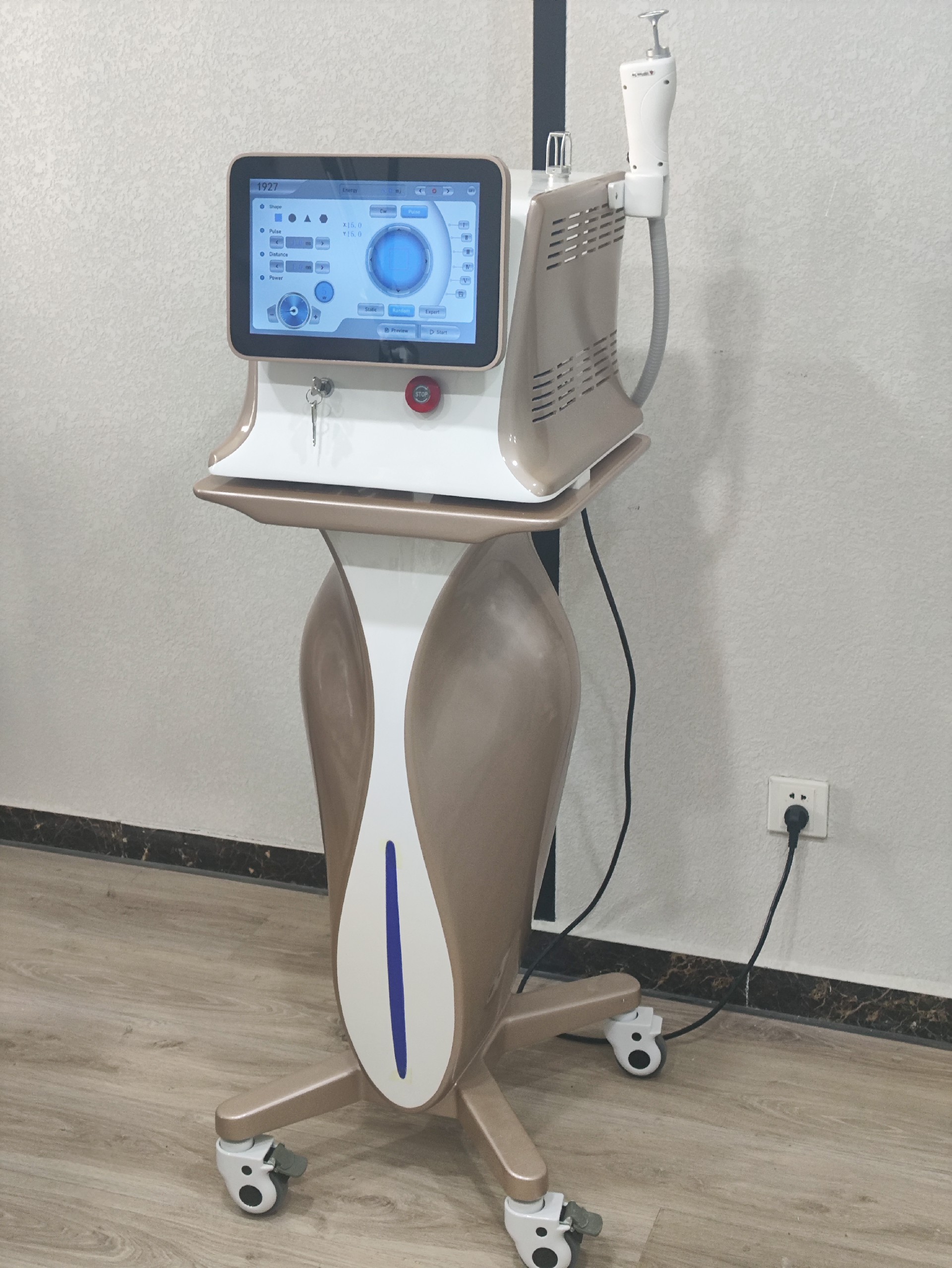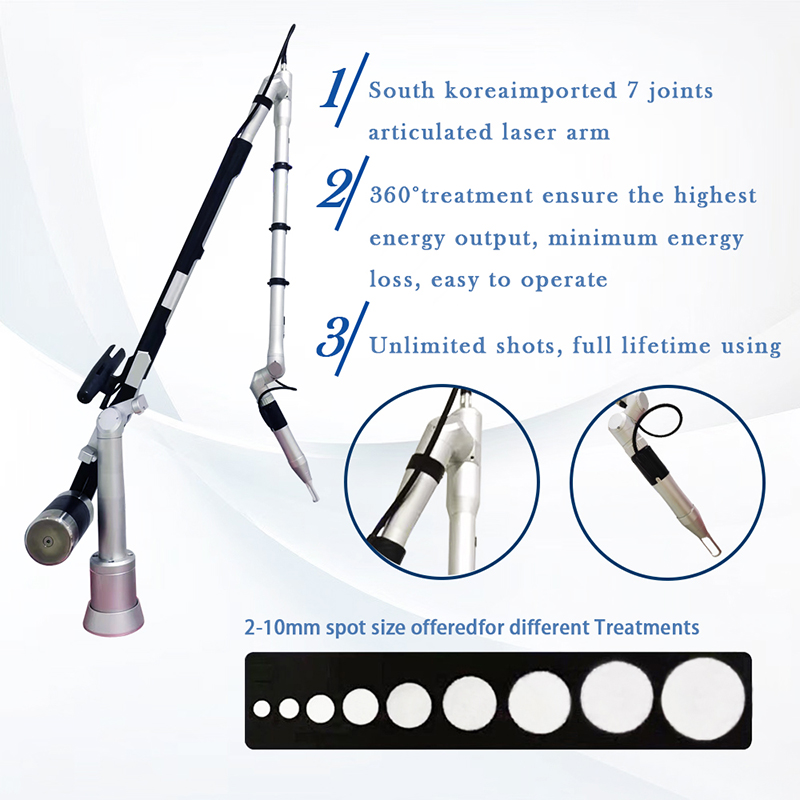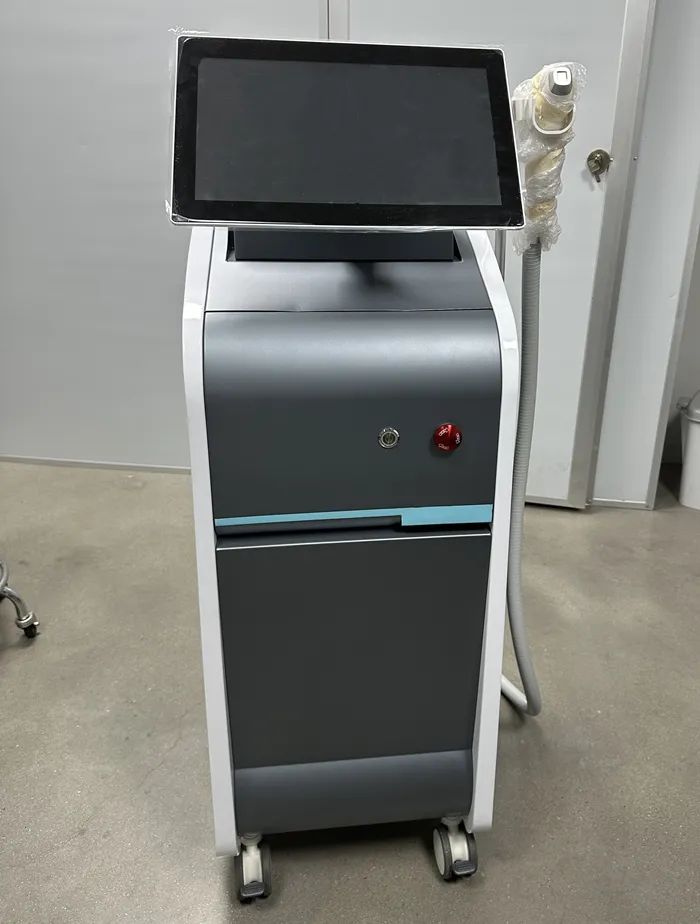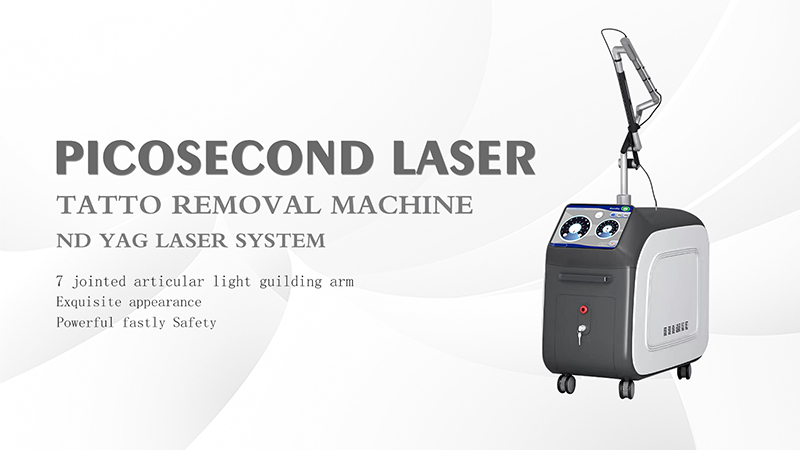"Xiaomi" in laser medical beauty, Chinese new products are concentrated in the market (I)
As a popular project in medical beauty institutions, picosecond laser performs well in freckle removal and whitening treatment.
The output pulse width of picosecond laser is at the picosecond (ps) level, which can instantly achieve extremely high peak power, produce photoacoustic effect (photomechanical effect) on the target color base, so as to shatter extremely small pigment particles, while ensuring effective treatment and minimizing damage to surrounding tissues. Due to its outstanding performance in pigment treatment and the fact that expensive imported equipment was used in the past, picosecond laser is also known as the "Hermes" in laser medical beauty.
In 2024, China's picosecond laser equipment has exploded, and 5 products have been approved. So far, there are a total of 6 Chinese products in this field, while before that, there were only three picosecond laser devices on the market, all of which were imported. These domestic new products have further enriched the categories and quantity of laser medical beauty equipment.
On the whole, China's laser medical beauty equipment has gone from existence to non-existence, and has taken a shortcut by referring to the technical route, performance parameters, market feedback, etc. of imported products. In the future, if we want to avoid blindly rolling low prices, we must abandon the "copying homework" development model.
01. Picosecond laser, a wave of new products in China within a year
Since the first picosecond laser device entered China ten years ago, China's picosecond laser devices have been mainly imported. Syneron's PicoWay ultra-picosecond and Synergize's PicoSure honeycomb picosecond were the first to enter China and are the two products with the most market influence so far; in 2020, South Korea's Yuantai Technology's Aurora Picocare was approved and became one of the main products in the domestic picosecond laser treatment market.
In 2024, Chinese picosecond laser therapeutic devices from Medtronic, Weis Medical, Peninsula Medical, Fumaile, and Ande Optoelectronics were approved one after another. In addition, the picosecond laser approved by Keying Laser in 2023 was also upgraded in 2024.
At present, including imported products, the approved picosecond laser therapeutic devices are mainly concentrated in two major directions: tattoo removal and treatment of benign epidermal pigmented skin diseases.
The reason why picosecond laser can crush pigment particles quickly and efficiently is that with the compression of pulse width and the continuous improvement of photoacoustic effect, laser can crush pigment particles into smaller particles. At the same time, for smaller particles, stronger photoacoustic effect is required to effectively crush them.
In order to achieve sufficient photoacoustic effect, the pulse width, peak power and other parameters of picosecond laser therapy are particularly important. Some new products have announced their breakthroughs in these key performances.
For example, Medtronic's Nd:YAG picosecond laser therapy device (brand: Xingchao Picosecond) has 295ps ultra-short pulses and 1.4GW peak power, with strong energy output and significantly enhanced photoacoustic effect. Peninsula Medical's picosecond Nd:YAG laser therapy device (brand: Peninsula White Aurora) can reach 250ps ultra-short pulse width and 1.6GW ultra-high power, accurately breaking up pigment clusters in the skin and shortening treatment time. Keying Laser's Nd:YAG picosecond laser therapy device (brand: KPICO+) uses microcavity technology, with the narrowest pulse width of 350ps and a peak power of 1.43GW, which instantly breaks the pigment into smaller particles.

The high stability of the pulse width generator, optical component design, thermal management and thermal stability are all core technical difficulties that picosecond lasers need to overcome.
For example, Fumaile's picosecond Nd:YAG laser therapy device (brand: Xingjie Picosecond) uses an achromatic handpiece design to achieve the same spot size of light with different wavelengths on the treatment surface; it also has laser constant temperature thermal management, LEM control system and other technologies to support the efficient and stable output of the equipment. Ande Optoelectronics' picosecond Nd:YAG frequency-doubled laser therapy device (brand: Tongyan Super Picosecond) uses a single-lamp double-rod and single-lamp single-rod combination mode and a special seed source laser combination, which is more heat-resistant and wear-resistant, and has a low resistance to wear and tear.
Obviously, with the launch of a number of Chinese picosecond lasers, the pattern of the laser medical beauty equipment market will also change accordingly. On the one hand, similar to the replacement process in other fields, Chinese picosecond lasers will seize the market at a lower price and increase the overall penetration rate of picosecond lasers.
It is understood that the current price of a Chinese picosecond laser device entering private medical institutions is about 400,000 to 500,000 yuan, which is half the price of imported products. This significantly reduces the threshold for medical institutions to purchase picosecond lasers.
"Before the Chinese picosecond was launched, picosecond lasers only released about 10-15% of the demand in the private market, and there is still a lot of demand that has not been released." Liu Shuai, general manager of Medtronic, believes that the product market space is large.
On the other hand, picosecond lasers are expected to replace Q-switched lasers. Q-switched lasers with nanosecond pulse widths have been widely used in clinical practice, but there are still some limitations, such as the lack of obvious efficacy for some refractory pigmentary diseases. From the perspective of the working principle, the photoacoustic effect of picosecond lasers is different from the photothermal effect mechanism of Q-switched lasers. Picosecond lasers have better effects on pigmentary diseases and cause less skin damage to patients.
"The market also generally believes that picosecond lasers are superior to Q-switched lasers. In the past, the price of picosecond lasers was higher than that of Q-switched lasers. After Chinese picosecond lasers were launched on the market in large quantities, the price has been lower than that of some imported Q-switched lasers. In the long run, whether it is the existing market or the incremental market, picosecond lasers have the possibility of occupying the Q-switched laser market." Xia Yuqing, founder of Fumailei, said that in addition to this, if picosecond fractional lasers can be approved for indications for fine lines, neck wrinkles, and skin rejuvenation in the future, there will be even greater market space.


